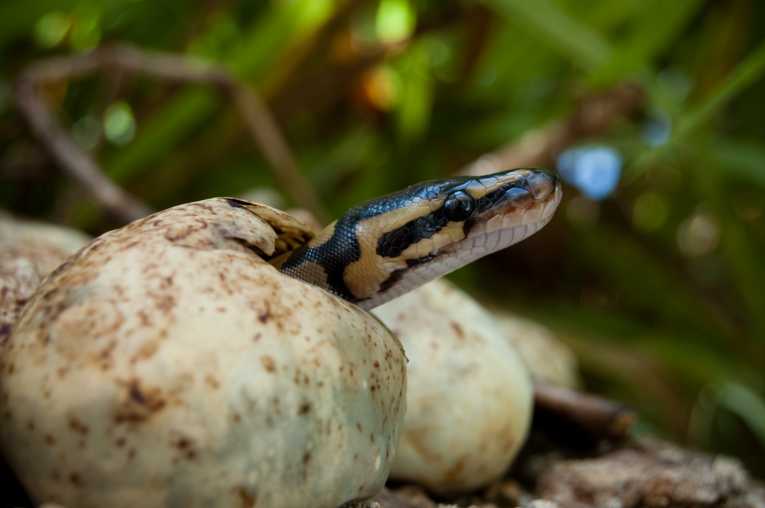Many may worry about the effect of domesticated pet cats on the bird-life in their locale - but in the Everglades of Florida, it is escaped pet-snakes which seem to be having the biggest impact on native wildlife.
Now a dietary study, of the tens of thousands of Burmese pythons living there, has shown that local birds have a lot to be afraid of, in the southernmost wetlands of the US.
The Everglades National Park is one of the most diverse of US habitats, home to a vast number of native species. But it is the recent immigrants to this natural haven that have scientists worried.
The Burmese python comes from SE Asia, and established itself here after pet-snakes escaped in the 1970s. The population of these snakes is now thriving, so a team from the South Florida Natural Resources Center, the University of Florida and the Smithsonian Institution was bought together to assess their impact on the indigenous wildlife.
As part of that work, between 2003 and 2008 over 300 of the pythons, which can reach 19 feet in length, were collected and their gut contents analyzed.
Bird remains were among the commonest prey found, partially-digested in their crop - making 25% of the total. It seems they are particularly vulnerable as they have not had to cope with such a threatening predator in recent evolutionary history.
Birds netted by the pythons ranged from house wrens to 4 foot long great blue herons - as well as several species, such as the snowy egret, wood stork and the white ibis, that have been placed on watch-lists by local and federal conservationists.
Commenting on the paper in the journal BioOne, ornithologist Carla Dove, from the Smithsonian, said ''These invasive Burmese pythons are particularly hazardous to native bird populations in North America because the birds didn't evolve with this large reptile as a predator. ''
And with no natural predator to hold the snakes in check, there is a concern that the invading pythons will continue to have a detrimental effect on local ecosystems - and may even expand their range.
As Dove says ''The python's high reproductive rate, longevity, ability to consume large prey and consumption of bird species are causes for serious conservation and control measures. These pythons can also inhabit a wide variety of habitats, so their impact is not restricted to just the native species within the Everglades.''










